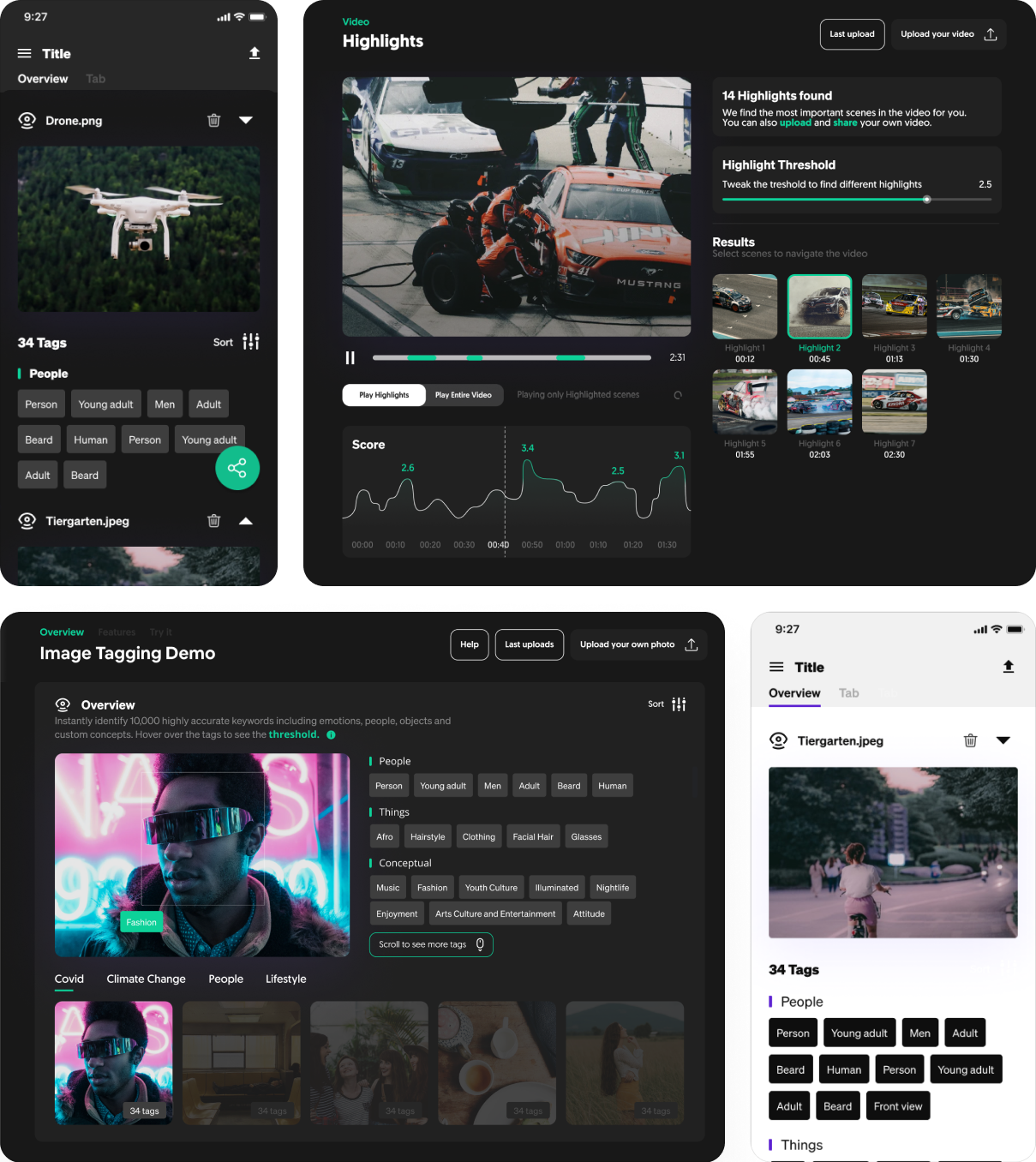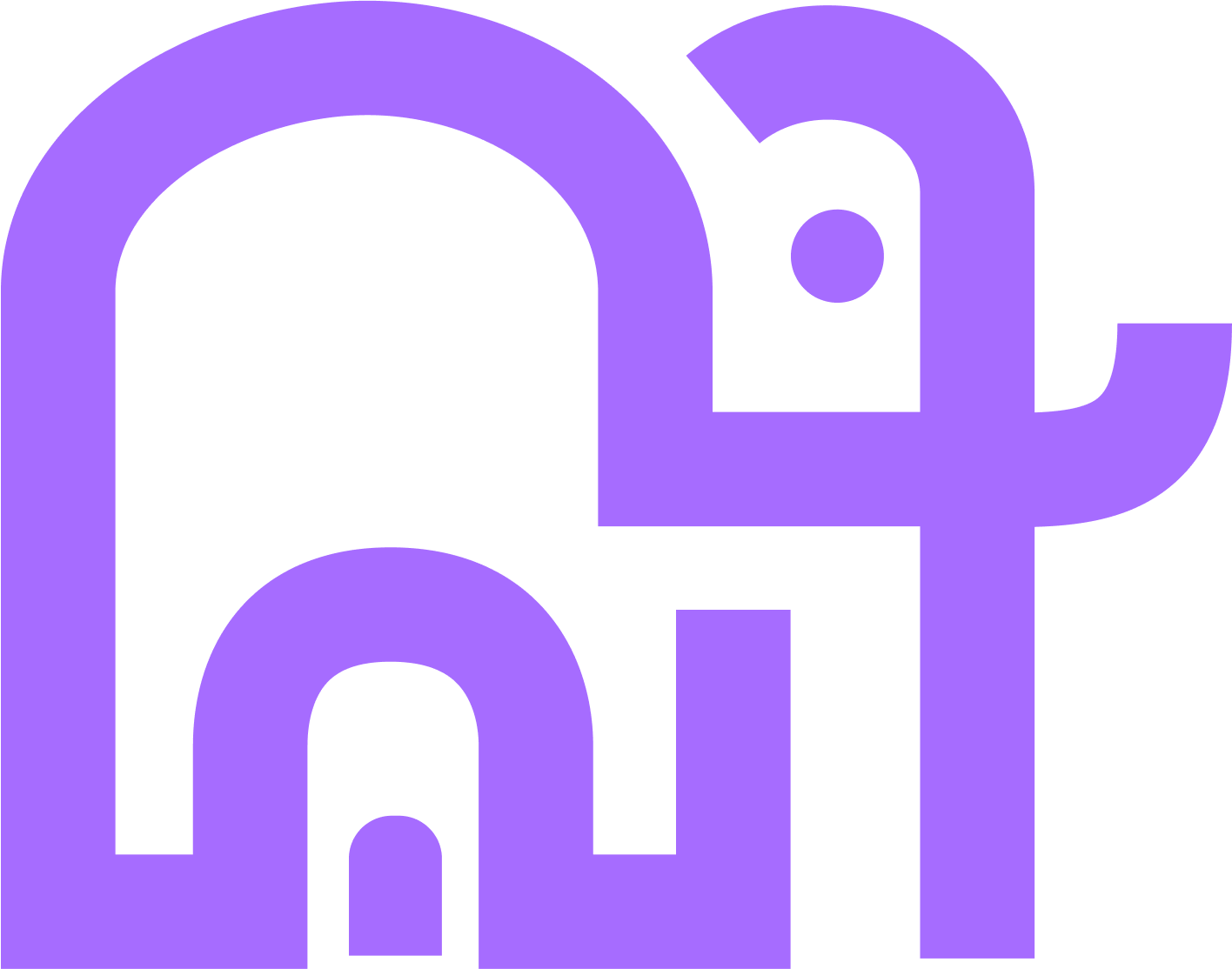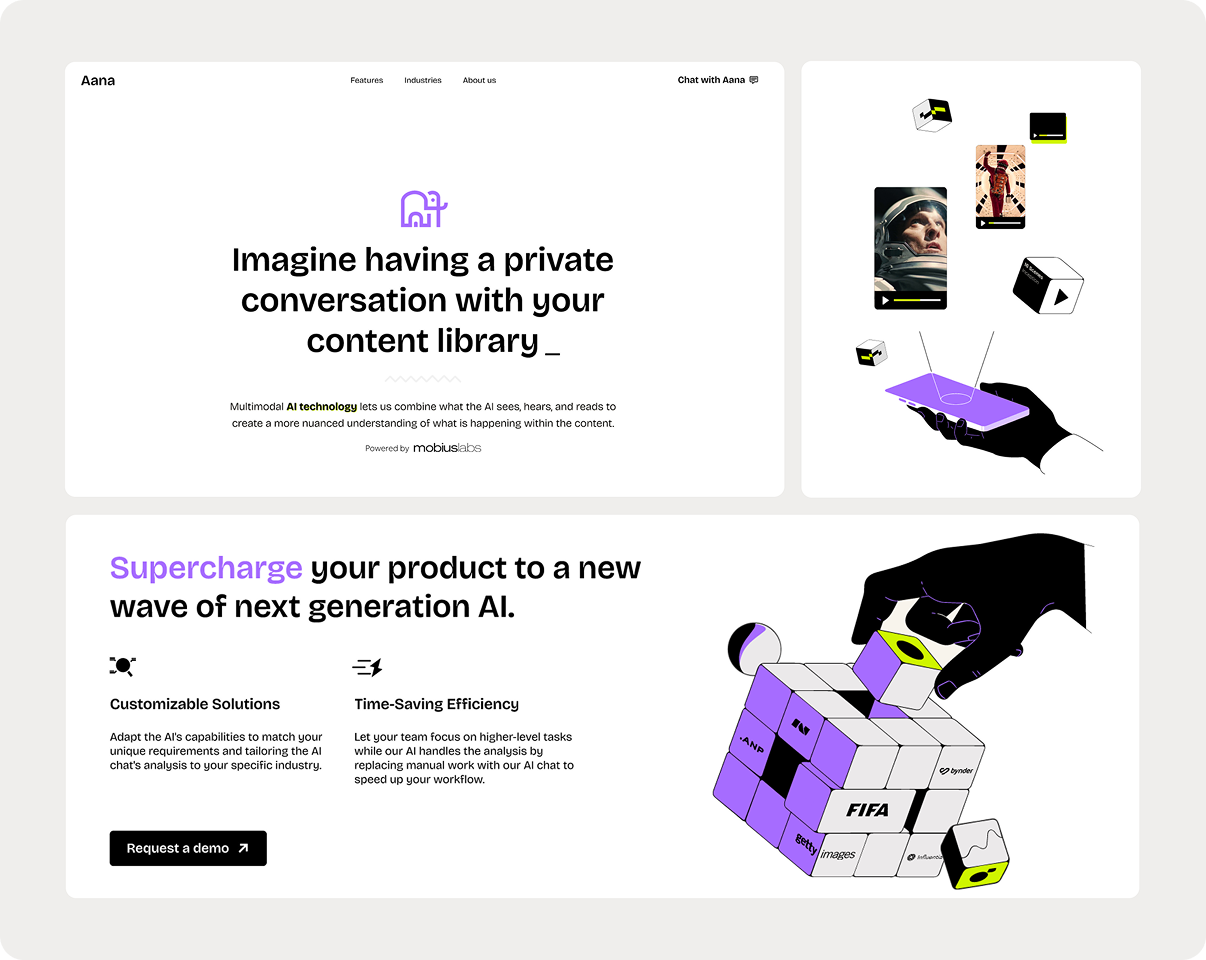At the time, we had what we called “Feature Showcase” to demo the most valuable features of our SDK - aiming to cover cases for multiple industries.
Allowing potential clients to have a playground for Image & Video capabilities, such as Tagging, Shot Detection, Emotion Detection, Highlights, Facial Recognition and more.


Mobius had a showcase of features, not a product with a clear user problem or goal.
It demonstrated capabilities but didn’t frame how those capabilities solved real-world tasks.
Clients had to mentally bridge the gap between features and use cases which varied by industry, role, and technical level.

Didn’t Reflect the Full Power of the SDK
It only scratched the surface of what each feature could do. For example, Tagging or Facial Detection existed in isolation without clear use cases.
Edge Cases
Sometimes, demo had to be adjusted per vertical or client type. It was flexible, but costly and fragile.
Internal Misalignment
Different teams saw FS in different ways - was it a sales tool, a product prototype, or a playground?
How to grow, then?
The demo didn’t help us learn what potential clients actually needed. It showed what we had built, not what they wanted to build.

■ One of the reasons I was able to deliver the product quickly was because I worked synchronously with the developers. As I designed, they were already implementing components. We kept close communication loops, which reduced handover delays and helped us move much faster while still ensuring quality.
■ When I stepped in, the team lacked a clear product vision. By taking ownership, I introduced a more confident vision. I worked closely with leadership to shape the product’s future direction, and that shift helped the team align, prioritize better, and work with much more confidence.
■ Although still in Beta, the Send Feedback feature has already generated many feature requests.
■ Out of 42 users, we’ve been able to speak directly with 7.
■ Previously, the team had to work hard to convince leads to install our on-premise solution. Now, they can simply add credits and start using it.
■ I've just implemented Dovetail to improve our processes.
■ Our backlog only grew larger to leave the beta, including adding Hotjar.
Aana is now publicly available with the launch of our new website, which I had the opportunity to both design and build.
aana.ai
